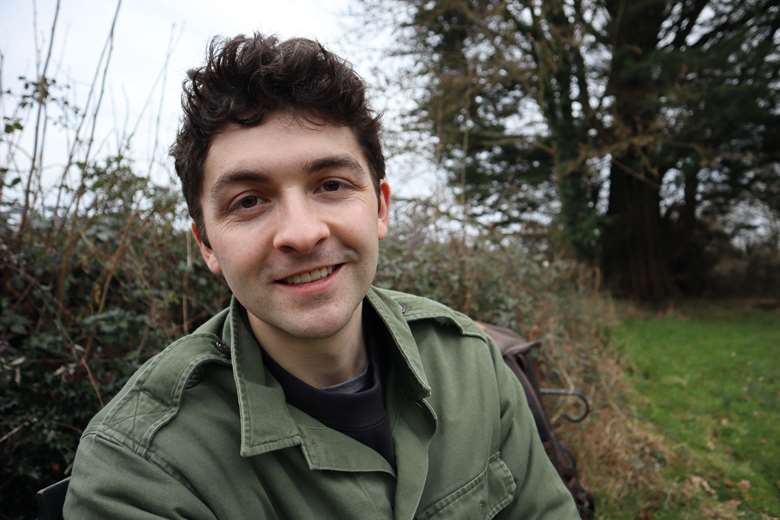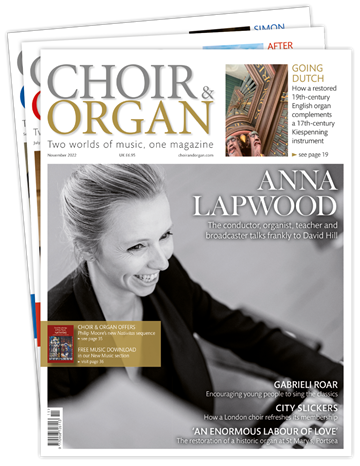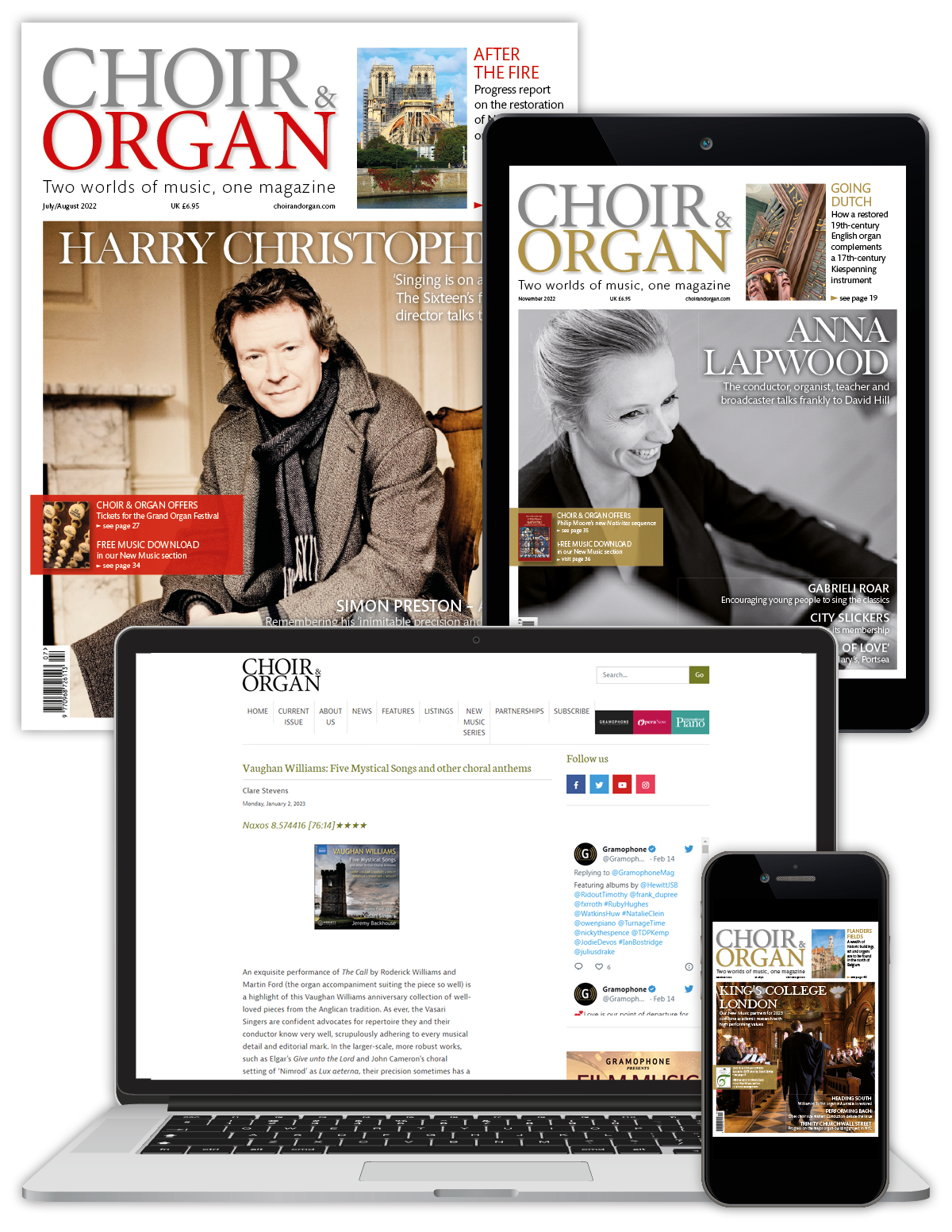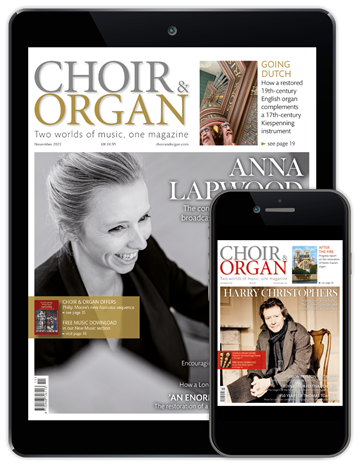Ben Maton – The Salisbury Organist: ‘The music organs produce is a perfect accompaniment to the rich beauty of the English countryside’
Friday, February 23, 2024
Organist and YouTuber Ben Maton brings a new column, reflecting on his travels and filmmaking capturing rural English churches and their organs

Organists, unlike other musicians, rarely own their own instrument. If they do, it’s usually an electronic version – not the real thing!
When I started learning the organ, aged 15, this was a real hindrance for me. Churches are cold and damp and practice unpleasant. Only when I started rambling around local villages, filming blogs for my YouTube channel Ben Maton – The Salisbury Organist, did I realise the true value of playing the organ. Organs are quirky, dusty, noisy, unpredictable. The music they produce is, however, a perfect accompaniment to the rich beauty of the English countryside.
Last week, my travels took me to Bowerchalke, a village half-way between Salisbury and Shaftesbury (the Shaston of Hardy’s Wessex). Equipped with microphone, camera and a backpack full of sheet music, I navigated stiles and footpaths as I descended the valley towards the elegant 13th-century church, the clock face glinting in the February sun. Everything is caught on camera, from tiny airborne insects in the foreground to the gently undulating hills on the horizon.’
Fields and hedgerows are the perfect filming environment. Natural light makes for wonderful video clarity and as I am alone, I’m free to describe my surroundings without distraction. Birdsong fills the air as I advance across uneven ground, wondering all the while about the kind of instrument that awaits.
Today was a fine, mild day, and when I crossed my final stile on to church road, the glorious majesty of the ancient building appeared before me. After meandering around graves I spotted the final resting place of William Golding. The characters in Lord of the Flies were no doubt inspired by the boys at my old school, Bishop Wordsworth’s, where Golding was schoolmaster, and it was a joy to share his peaceful spot with viewers worldwide.
Next: the church. Stepping through the gloom of the porch, to the sound of the gently ticking clock, I enter the silent nave. Haunting, tranquil and moving. Switching on an unfamiliar organ is always a delight. The familiar clunk of the stops, the charm of the heavy mechanical action and feel of the pedals. Testing out the sounds, improvising, all the while the birds singing cheerfully outside and the sunlight casting rays through the chancel windows.
I play All Things Bright and Beautiful, interspersed with footage of the well-worn Bowerchalke footpaths, and then I Vow to Thee My Country, taking viewers on an immersive tour of this small but imposing space, bringing the music to a crescendo as they read the names of men from the parish who fell in the Great War, remembered on the north wall of the church.
The pipe organ is ultimately a religious instrument. Its warm, rich tones are most powerful when we think of the near 1,000 years that this building has served its community, and of the many hundreds of events, marking life, death and marriage, which have taken place here. It is remarkable that such an instrument should sing so proudly after 150 years of service.
You can watch my video below. I have been filming one blog per week. Each church has its own story to tell, each organ its own distinctive sound. I hope that my travels provide comfort to those unable to experience these places themselves, and give a flavour of the wonderful village life that exists in rural England. Most of all, I want to share my love for an instrument which, for all its creaks and groans, is in perfect harmony with nature.
This article originally appeared in the Spring 2024 issue of Choir & Organ magazine. Never miss an issue – subscribe today









